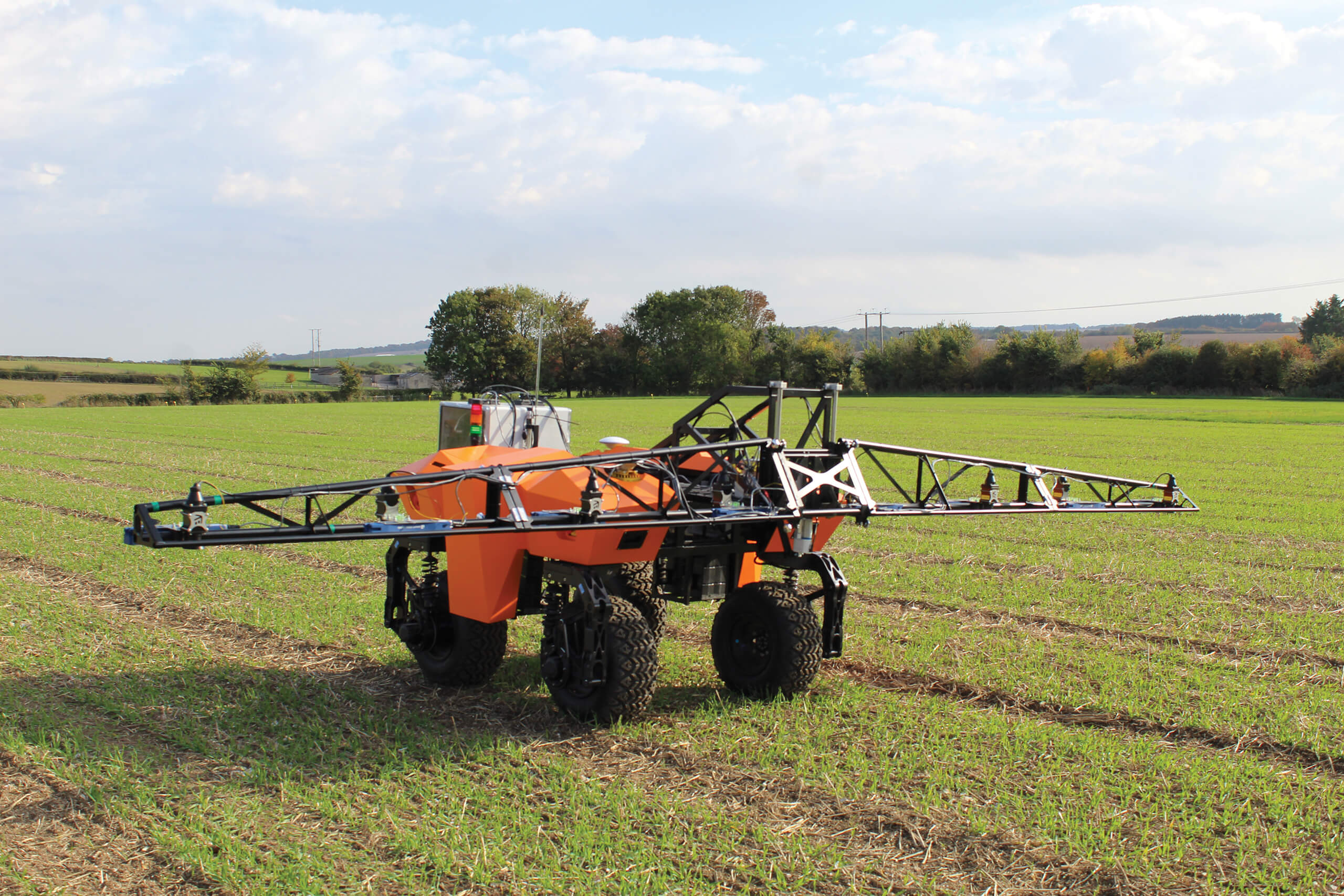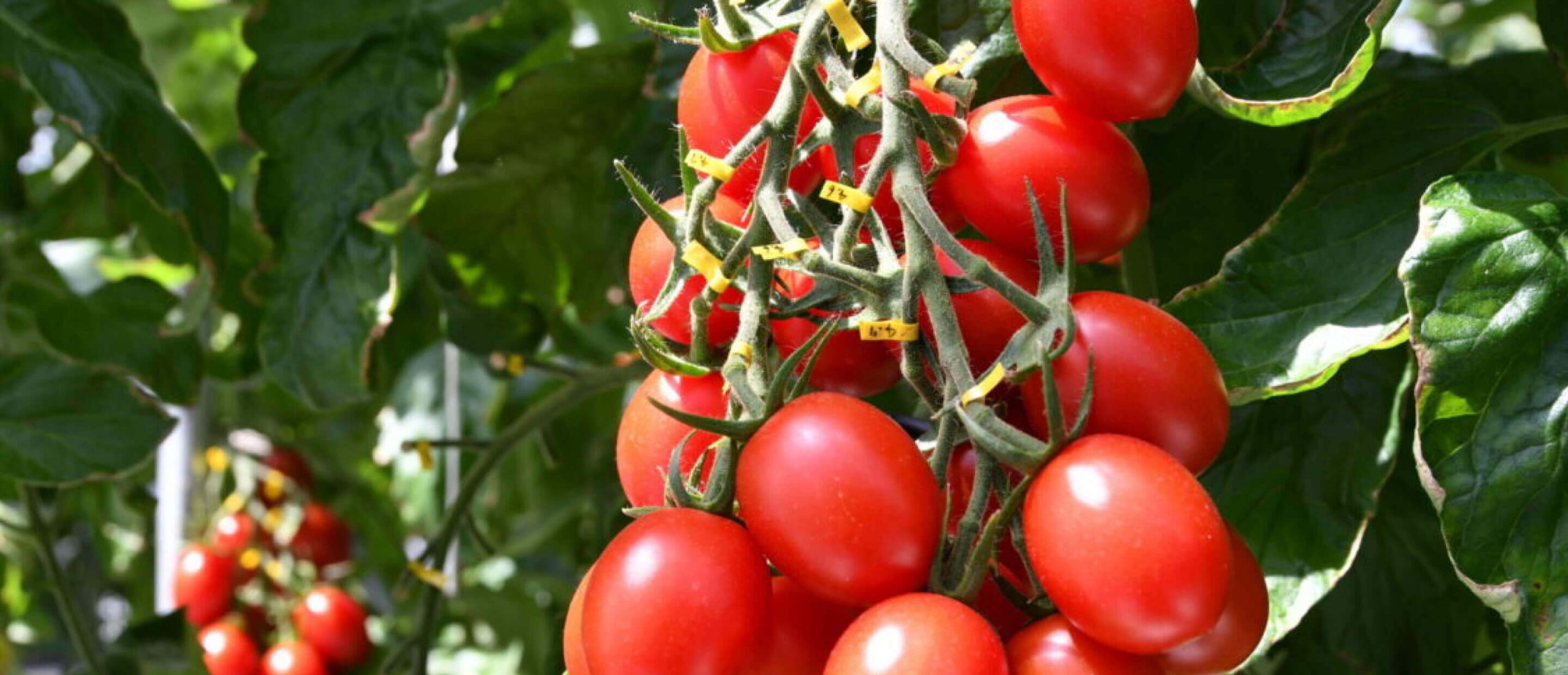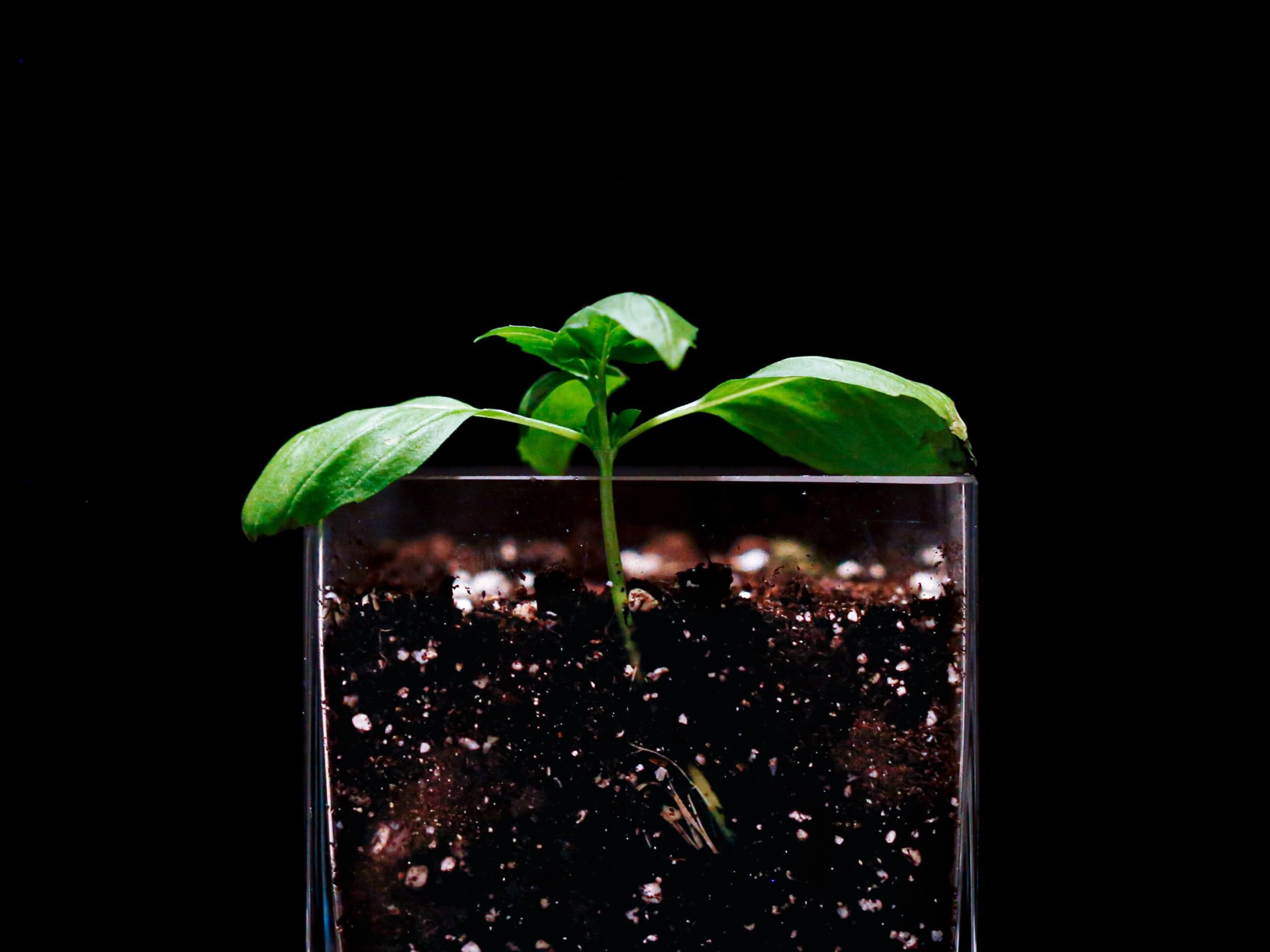
We look at the playbook behind California’s 2025 goal to reduce water use in its signature almond crop and ask if it can provide a blueprint for other crops and regions.
A bold five-year goal 20% water reduction by 2025
As the world’s top producer, California’s almond farmers are setting a high bar for innovation in water management with a bold five-year goal: a 20% reduction in water use by 2025. As water scarcity in the region looms large, all eyes are on the Central Valley almond growers to see if they hit their ambitious target – and how.
Among California’s pioneering almond producers is Jimmy Gardiner. In 1982, the same year that he was
born, his father and grandfather broke ground on a new venture: planting 55 acres of almonds on their California ranch. As Gardiner grew, so did the family’s vision. “We’ve been steadily planting and growing almonds ever since.”
Today, he runs Pacific Ag Management with his father and brother. The family business now stewards over 21,000 acres of orchards. “We’ve moved from just cultivating our own almonds to managing and expanding almond acreage for other families and investors,” says Gardiner.
This expansion mirrors the broader growth of the California almond industry, which has surged from around 100,000 acres in the mid-1960s to over 1.3 million acres today. The industry contributes $9.2 billion to California’s economy and supports over 110,000 jobs.

Despite huge progress, Jimmy Gardiner believes more innovative solutions are necessary to replenish California’s aquifers.
Water scarcity challenges
Despite the almond industry’s growth, farmers face significant water scarcity challenges. The state’s water crisis, driven by recurring droughts and over-allocated resources, has put immense pressure on agriculture. Almond farming, in particular, has come under scrutiny for its large water footprint, however, California’s almond farmers are responding proactively.
Between 1990 and 2010, they achieved a remarkable 33% reduction in water3 use per almond. In 2018, almond growers committed to a further 20% reduction by 2025. By 2022, they were already three-quarters of the way there. And now that they look set to achieve their ambitious target – to be measured later in 2025 – the Almond Board of California says its growers won’t stop here.
“California almond growers are always adopting the newest technology for the best way to grow,” says Rick Kushman from the Almond Board of California, “This then makes it the least expensive way to grow, and also the most sustainable.”
A key part of this success is the adoption of advanced irrigation technologies. Gardiner’s operation exemplifies the industry’s transition to more sustainable practices. These include soil moisture meters, precision scheduling, and advanced double-line drip irrigation to optimize water use.
“Technology is crucial, but so is diligent management,” Gardiner notes. His farm uses advanced tools to enhance water management, including infrared technology to control algae in reservoirs and cell- boosted flow meters to monitor water usage. These flow meters use cellular technology to transmit real-time data on water flow, allowing for precise and efficient irrigation adjustments.
Sustainability practices
Environmental concerns about water use have led to broader sustainability practices. The Almond Board of California5 highlights the value of by-products such
as hulls and shells, which are used for cattle feed and other purposes, reducing the need for additional water resources.
Christine Gemperle and her brother Erich own 135 acres of almond orchards in Ceres, California. “We do all the work ourselves, and we’re pretty invested, because this is all we do,” says Gemperle. Their farming operations are split across two water districts. On the west side, part of the Del Puerto Water District, water scarcity is a constant challenge.
“There’s a lot of hardship,” says Gemperle, who had to make the difficult decision in 2021 to rip out a third of her orchard early. Almond trees are typically a 25 year investment and, had it not been for the drought, Gemperle says the trees could have made it through at least another growing season, if not two. “We did the math, and if we bought the water, no matter what the price of almonds, it wasn’t going to pencil out. And the last thing we wanted to do was go into the redevelopment of the land in debt.”
Our goal is to make sure that we have the option to pass this farm on to the next generation.”

Christine Gemperle has shifted from a “crop per drop” model for irrigation to a “profit per drop” approach.
Whole orchard recycling
In 2018, Gemperle implemented whole orchard recycling, a process that involves chipping and incorporating old almond trees into the soil rather than burning. Originally adopted to improve air quality, research6 has shown that this method offers an additional significant benefit: it can increase the soil’s water-holding capacity by up to 20% by increasing its organic matter content.
For farmers, this discovery was a game changer. “I was like, ding, ding, ding – bells going off, light-bulb moment,” Gemperle recalls. “When one irrigation might cost $6,000 and you can have a 20% saving, over the year, you might actually be able to cut back on two whole irrigations.”
Gemperle has partnered with Collin English from Irrigation for the Future to enhance irrigation strategies. English’s approach shifts from the traditional “crop per drop,” which focuses solely on maximizing yieldper unit of water, to a “profit per drop” model. This new perspective balances water use with economic efficiency by optimizing both water application and timing.
“Most people just give the plant everything it needs and try to avoid any crop stress to maximize yields and biomass,” explains English. “Deficit irrigation is where you can avoid or reduce irrigation to optimize the cost.”
Matching crop needs
One key aspect of this approach is adjusting water applications based on different growth stages of the almond tree. For example, during the “hull split” stage– when almonds are nearing maturity, and the shell is splitting to release the nut – the tree’s water needs decrease. At this stage, the primary focus is on ensuring that the nuts reach optimal size and quality, and excessive watering can lead to problems such as “good farmer disease,” where over-irrigation results in reduced nut quality and increased disease susceptibility.
Beyond optimizing irrigation practices, Gemperle actively participates in broader water management initiatives.
She is involved in the North Valley Regional Recycled Water Program, which repurposes treated municipal wastewater from nearby towns. Since 2018, up to 27,000 acre-feet of recycled water has been used annually. “It was the first project of that size in the nation, and it’s pretty impressive,” Gemperle says, calling it a “little cushion” against water shortages

Flood irrigation is being used as a tool to conserve water. Credit: GomezDavid, iStock
Harnessing extreme rainfall
California’s extreme weather, marked by intense droughts and heavy winter storms, demands flexibility and adaptability. Describing it as “weather whiplash,” Gemperle emphasizes the need for innovative solutions.
In 2023, she joined the FloodMAR project, which uses excess floodwaters to replenish local aquifers. “We can’t really look at flood irrigation as wasteful or inefficient use of water anymore. It’s actually a tool to help us save water,” says Gemperle.
Even after three inches of rain, she floods irrigation after irrigation onto the dormant orchards on the wetter side of her land. “You think it’s just going to sit there, but it doesn’t. It goes down, especially if you’re cover cropping. It creates this great area of infiltration. It’s beautiful.”
Rising demand for Almonds
Demand for almonds continues to soar, in part due to their rising popularity as a health snack and their versatility in global cuisine.
The global almond market, valued at approximately $10.2.billion in 2024, is projected to exceed $13 billion by 2029. Since Almonds flourish in just a few select regions worldwide – California’s Central Valley, the Mediterranean Basin and parts of Australia, South Africa and Chilli – and 80% of world supply is grown in California, its farmers have to grow more almonds using less water. The state’s advanced irrigation infrastructure and cutting-edge farming practices make it the best region for almond cultivation on the planet.
Most of the almond industry has bare orchard floors. While making harvest easy, it creates a dead soil environment that is mostly impermeable to water.”
The FloodMAR program has transitioned from a pilot project to an established annual practice within the Turlock Irrigation District. While groundwater recharge isn’t an option in dry years or at every location, research has shown that almost a million acres of California’s almond orchards have the right soil conditions.

Jerel Kratt suggests a focus on soil health, using microbes and diverse cover crops across the whole orchard to aid water conservation.
A regenerative approach
Looking ahead, the California almond industry faces significant challenges that demand forward-thinking solutions. Jerel Kratt, owner of Regenerative Crop Consulting in Bakersfield, highlights the need for a major shift in farming practices, starting with a comprehensive soil health program that uses microbes and diverse cover crops across the whole orchard.
“When we have several species from all five plant families, it reduces the competition for water and nutrients – in fact, we typically conserve more than the fully bare orchards,” he says, adding that maintaining living cover crops into summer provides habitat for beneficial insects. However, according to Kratt, the real key to economic success lies in the implementation of frequently applied, diverse microbial and biostimulant products which have, on average, reduced the need for NPK fertilizers by “50% and up to 90%, in some cases”.
Microbial inoculants work their magic by helping rebuild the soil biology which results in better nutrient cycling, reducing the farmer’s reliance on synthetic fertilizers. Kratt says these precision microbial inoculants and foliar feeds help “bridge the gap” and keep the farmer profitable while they are transitioning to more large- scale changes, such as cover cropping.
Other management changes may be needed when incorporating cover crops into orchards. With traditional harvesting methods, almonds are shaken onto a bare, hard-packed orchard floor. Kratt recommends switching to off-ground harvesting methods to reduce dust and allow cover crops to grow year-round, extending their soil health benefits. He acknowledges the dilemma for farmers: “When the almond market is at historic lows, no one’s got the money to invest in new equipment to change, right? So it’s a real stumbling block for entrance.”

Growing cover crops is another strategy to help conserve water in almond plantations.
Source: Almond Board of California
Gardiner points out that while regenerative practices are promising, they are closely linked to the urgent need for more water resources. “We’re not going to conserve our way out of this,” he asserts. While he is encouraged by ongoing efforts to replenish the state’s aquifers, Gardiner believes that more innovative solutions are necessary.
“We need to be bolder and push forward with our projects to secure our water supply. If we don’t, we risk losing our ability to maintain California as we know it – both in terms of farming and water usage.”
Gardiner, who is raising his own children on the family farm, is committed to ensuring that the legacy of the business continues. “Our goal is to make sure that we have the option to pass this farm on to the next generation,” he says. By advancing sustainable practices and tackling water challenges head-on, they hope to preserve the family’s agricultural heritage and the future of California’s almond industry for years to come.
The Golden State isn’t just famous for its almonds, it produces half of the fruit and vegetables grown in the United States. Kushman emphasizes that the practices being pioneered by almond growers show farmers of any crop that not only are sustainable methods practical, they are good business and can be part of the natural cycle, such as updating irrigation systems when replanting.
“It’s not hard to do this. It’s an intrinsic part of farming,” he concludes.
Sources:
- Almond Board of California
- https://cail.ucdavis.edu/wp-content/uploads/2020/08/Economic- Impact-Study-Manuscript-Final.pdf
- University of California, 2010. Food and Agriculture Organization of the United Nations, 2012. Almond Board of California, 1990-94, 2000-14.
- https://www.almonds.com/why-almonds/almond-livingmagazine/ committed-continuous-improvement-announcingalmond- orchard-2025
- https://www.almonds.com/sites/default/files/2023-12/ Almanac_2023.pdf
- https://www.ucdavis.edu/climate/news/almond-orchardrecycling- a-climate-smart-strategy
- https://iff.ag/
- Land IQ. Groundwater Recharge Suitability Analysis. July 2023.



